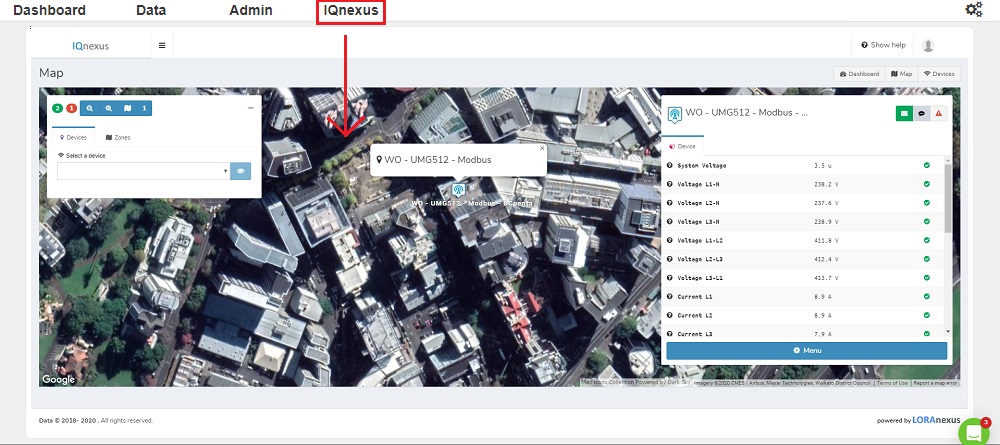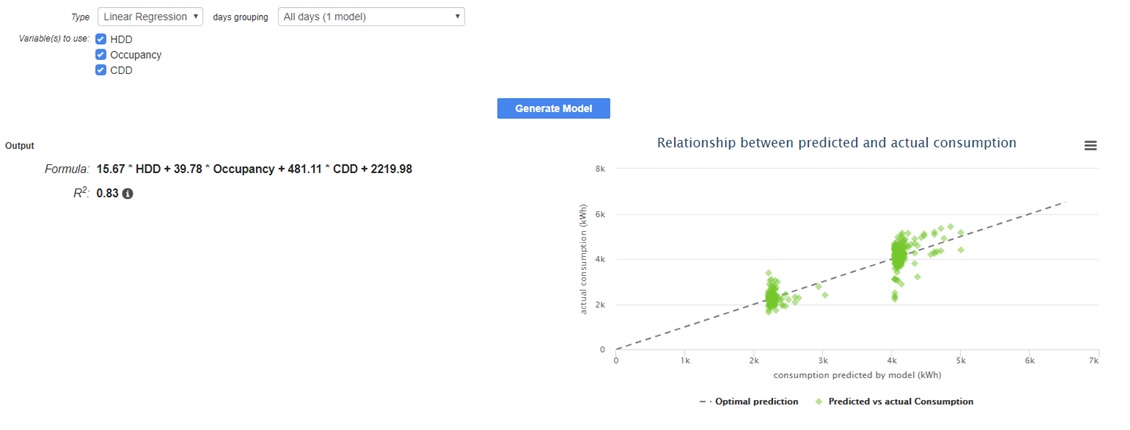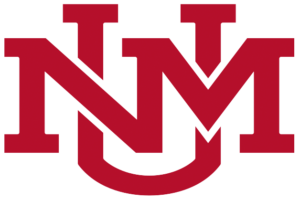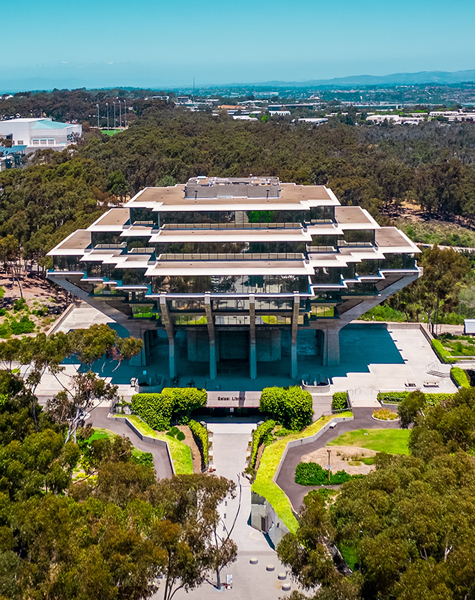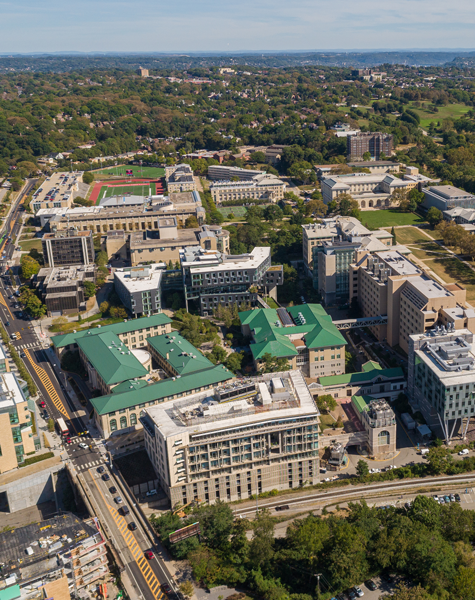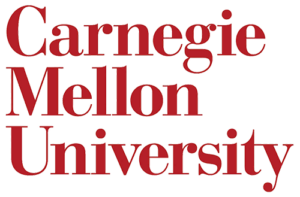Services Provided
- Real-time energy analytics
- Energy monitoring dashboard
- Energy Benchmarking
“The combination of energy management systems and building analytics was the key to improve energy efficiency and comfort control of the building.”
System control specialist
Background
In July 2019, a New Zealand-based building management system (BMS) and system control specialist, approached EnergyCAP SmartAnalytics™ (formerly Wattics) seeking a cloud-based energy analytics software to integrate with its existing LoRaWAN IoT sensor platform—with the view to expand its analysis capabilities for the benefit of its commercial and industrial energy management projects.
The system control specialist subscribed to EnergyCAP SmartAnalytics white-labeled software, which allowed it to re-brand the energy dashboard to reflect the company’s corporate brand—and add the branded dashboard as part of its offering and market it as its technology.
Shortly after signing up, the system control specialist initiated a trial project with its client, a technical college in New Zealand, under which it evaluated the potential of the EnergyCAP SmartAnalytics machine-learning energy analytics software to help the project team to:
- Identify energy inefficiencies;
- Monitor energy consumption and respond to alerts/events in real time;
- Measure, verify, and evaluate the implementation of energy conservation measures; and
- Forecast energy savings
The subject of the trial project was the university’s WO building which had the system control specialist’s LoRaWAN IoT sensor platform, IQnexus, already installed. EnergyCAP SmartAnalytics was integrated with the IQnexus platform via the Wattics RESTful API, allowing the electricity use data from the IoT platform tothe system control specialist’s branded energy analytics dashboard for analysis.
EnergyCAP provided the system control specialist with technical support and testing to ensure that the data from its IQnexus platform was received by EnergyCAP SmartAnalytics correctly.
The image below shows the system control specialist’s IQnexus portal embedded into the EnergyCAP SmartAnalytics dashboard allowing the team to log in and get quick access to data pertinent to their analysis activities without leaving the dashboard.
Image: The system control specialist can access data from their IQnexus technology platform using the Embedded Pages tool
EnergyCAP provided the system control specialist with technical support and testing to ensure that the data from its IQnexus platform was received by the EnergyCAP SmartAnalytics platform correctly. Once EnergyCAP SmartAnalytics received electricity readings from the IQnexus platform generated from the LoRaWAN Modbus Transceiver, which is wired up to the main incomer of the building, the project team could start running analyses and begin to identify opportunities for energy savings.
WO Building Overview
- Size: 10,472 m2
- Energy Consumption: Around 1,302,821 kWh per year
- Energy Costs: +-177,459 NZ$ per year (US$111,799 / €101,151)
- Optimization Target: Save 10% of total energy use per year
Project Findings
The first step toward identifying energy-saving opportunities for the university’s WO building was to conduct an audit of the building’s overall energy use. Through the audit, the system control specialist found that the HVAC was operating during some weekends in the year (Jan ’18–Jan ’19) due to control rules in the building’s BMS having been overwritten to set the air handling units (AHUs) to “ON.”
The analysis of heating and cooling degree day data against kWh consumption also found that the air conditioning (cooling) was automatically turned on, despite the outside temperature being at optimum levels. The AHU supply fan was overworked and identified as a key contributor to excessive energy consumption.
Solution and Methodology
The project team undertook several energy conservation measures that targeted the HVAC and BMS operation in order to correct the energy inefficiencies identified at the university’s WO building. These included:
- Replacement of chiller and cooling tower
- Adjustments made to air handling units (AHU):
Supply pressure setpoints reset: Periods of AHU operation have been identified where the AHU Supply Pressure Setpoint could be reset to a lower value. During periods when all the associated variable air volume (VAV) damper positions are below 50%, the AHU Supply Pressure Setpoint could be lowered.
Supply air temperature setpoints reset: Periods of AHU operation have been identified where the AHU Dampers are not controlled correctly. Instead of the AHU Damper Position being modulated to control the AHU Supply Air Temperature to the required Setpoint, it is operated using an OPEN/CLOSE function.
Through the EnergyCAP SmartAnalytics *IPMVP Measurement and Verification (M&V) project management tool, the system control specialist team conducted a comprehensive analysis to verify the actual savings after each ECM was implemented, as well as the forecasted annual savings (kWh and $) and payback period after both ECMs had been implemented.
Image: Installation of the higher efficiency chiller
“The EnergyCAP SmartAnalytics M&V tool is really easy to use. We just need to follow the steps and the report out of this is great. Clients and co-workers are always astonished by the visual of it, especially the graph with the baseline and dotted line indicating forecasted savings.”
Adrien Jaboin // System control specialist engineer
The analysis also accounted for routine/non-routine adjustments, heating/cooling degree days, and building occupancy (as shown in Figure 1 below) to normalize the kWh consumption data.
Figure 1: M&V regression analysis using three independent variables: HDD, CDD and occupancy
Below, the M&V tool models forecasted savings after the energy conservation measures under the trial were implemented.
Image: Forecasted Savings Model
Results
The energy conservation measures implemented resulted in savings that far exceed the initial target of 10% kWh savings per year. Project results demonstrate an 18% reduction in energy use after one year, NZ$ 32,725 per annum (US$ 20,616 / €18,653) in cost savings, and a payback period for HVAC optimization of 7.85 years.
Next Steps
The system control specialist is dedicated to maintaining the savings achieved through continuous monitoring and analysis. The company is also investigating further energy-using entities to improve savings while maintaining optimal performance within the WO building. As a result of the savings achieved under the pilot project, the university has commissioned the system control specialist to begin work on additional buildings located at the university campus.






